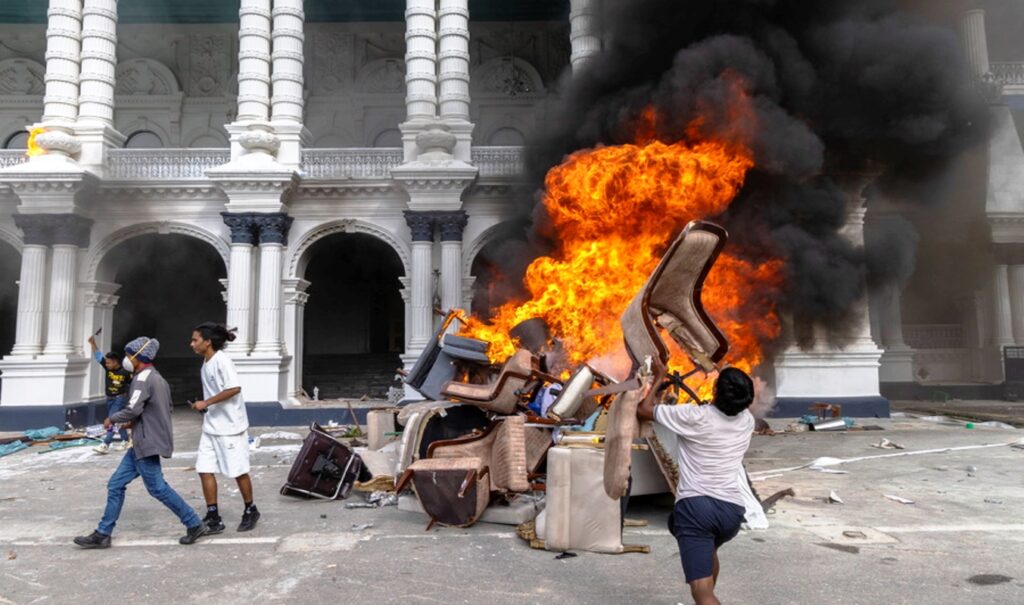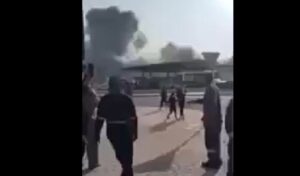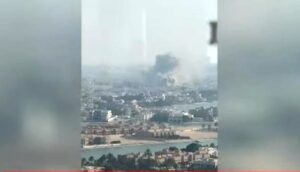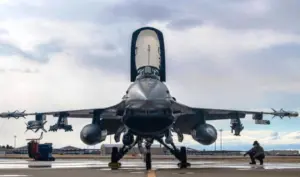The political crisis in Nepal takes a violent turn, as thousands of protesters took to the streets of Kathmandu again, setting fire to government buildings, police stations, and politicians’ homes, one day after Prime Minister K.P. Sharma Oli’s resignation.
The crowd stormed Parliament, chanting slogans and writing “We won” on the walls, while parts of the building were engulfed in flames. The same happened to Oli’s residence, which was completely burned down. Despite the curfew, security forces did not intervene, allowing young protesters to remain on the streets without new clashes occurring.
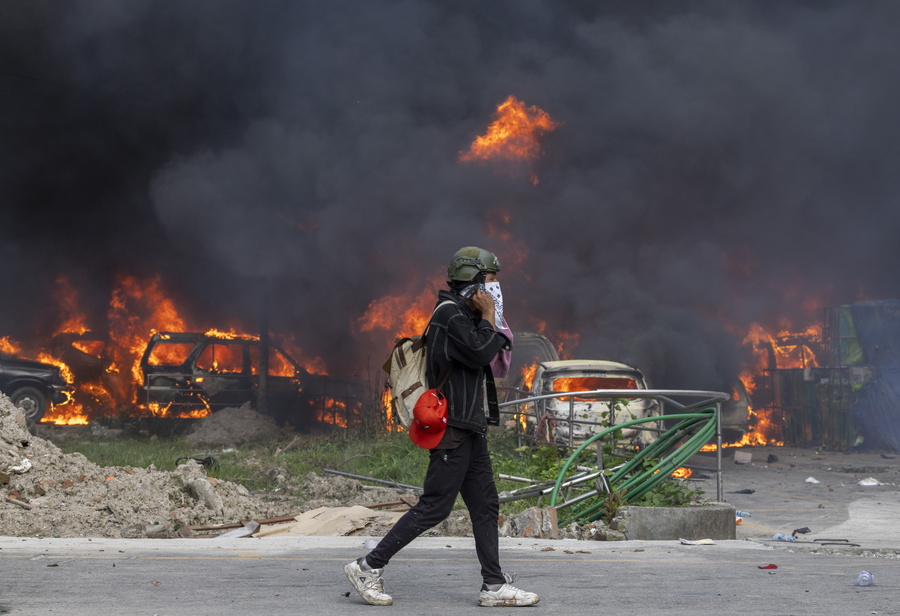
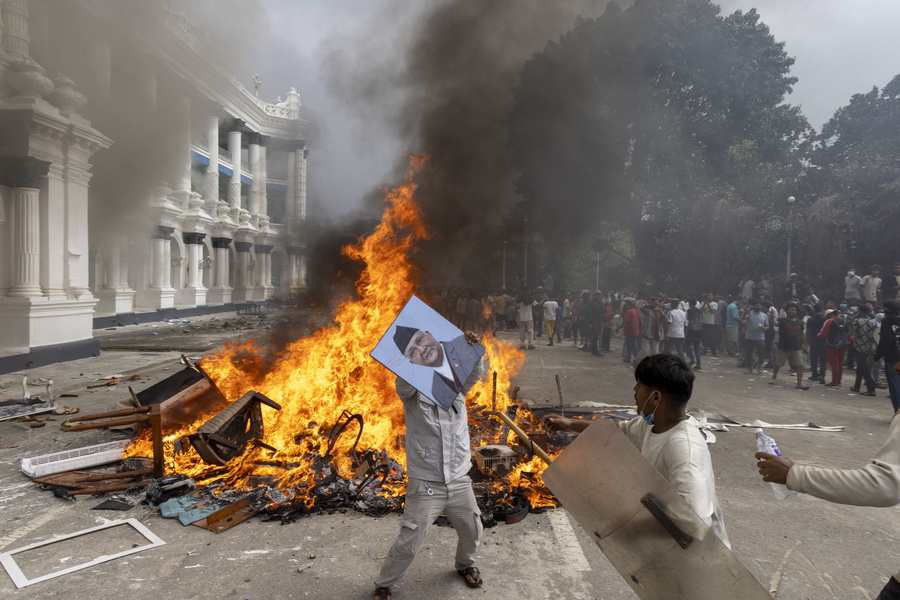
Oli’s resignation, which was accepted by President Ramchandra Paudel, leaves the country “leaderless,” as no successor has been named yet. In his resignation letter, Oli stated he was stepping down “so that measures can be taken for a political solution.”
Nepal’s president called on all sides for restraint and national unity:
“I call on everyone, including protesters, to cooperate for a peaceful resolution. No more damage should be caused and negotiations should begin immediately,” he stated.
Deaths and injuries in Kathmandu
Violence erupted on Monday when police opened fire on thousands of protesters, killing at least 19 people –17 in the capital– and injuring hundreds. That evening, Oli was forced to lift the social media blockade that had been imposed four days earlier.
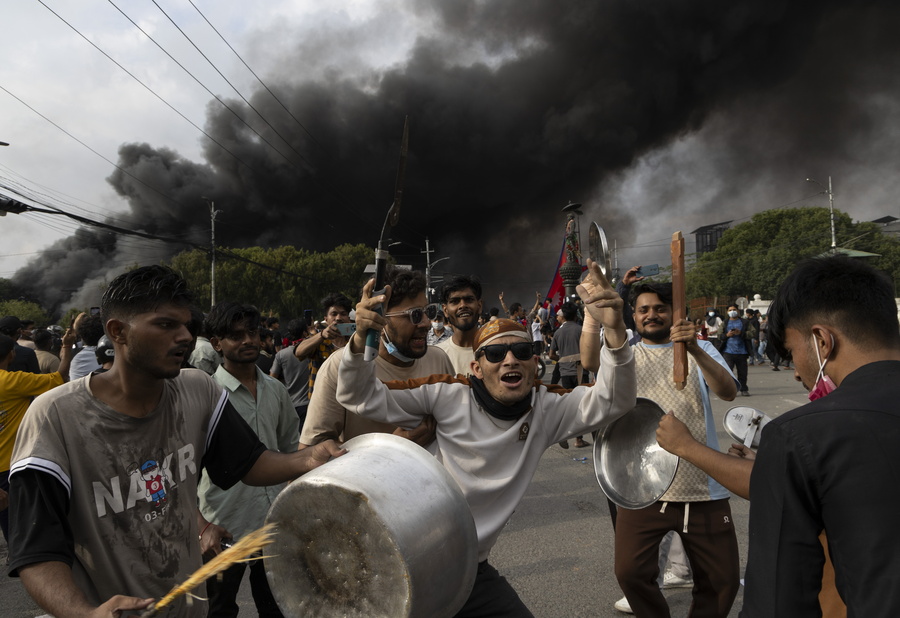
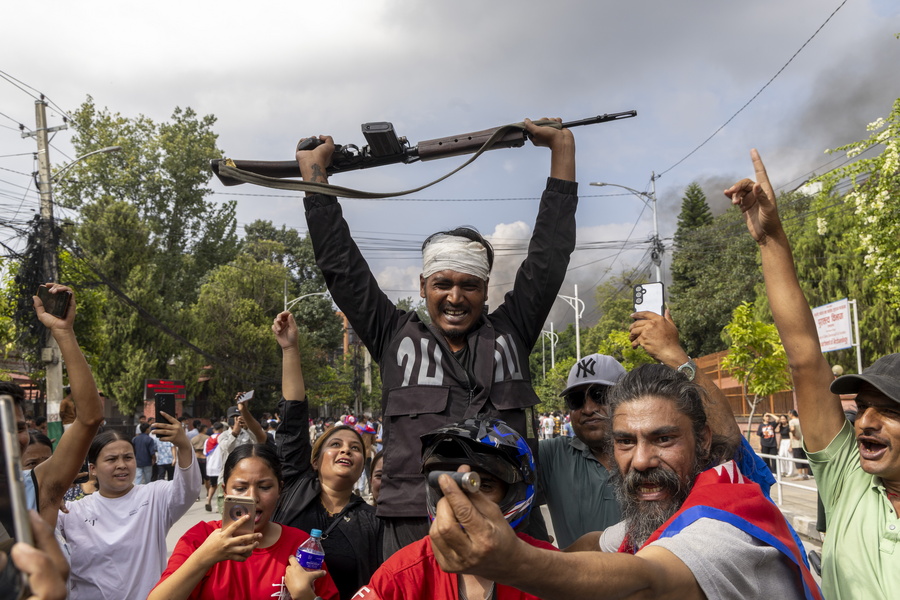
The blocking decision, based on a 2023 Supreme Court ruling, banned access to platforms including Facebook, X, YouTube and LinkedIn, sparking outrage among millions of users. Although the government claimed the aim was to “regulate the usage framework,” protests escalated with demands to end corruption and bring political change.
Manifestantes irrumpen en la sede del Partido Comunista de Nepal y quitan la bandera del martillo y la hoz. pic.twitter.com/qQQ1nt6ZJ7
— Wall Street Wolverine (@wallstwolverine) September 9, 2025
Oli’s political downfall
Oli, leader of the Communist Party of Nepal, served as prime minister during four different periods from 2015 to present. His career was linked to the civil war that led to the monarchy’s abolition in 2008, as well as successive governance crises. His resignation follows that of three ministers, including the Interior Minister.
Nepal remains in turmoil, with protesters declaring that “the future belongs to the new generation” and the country searching for new political leadership.

